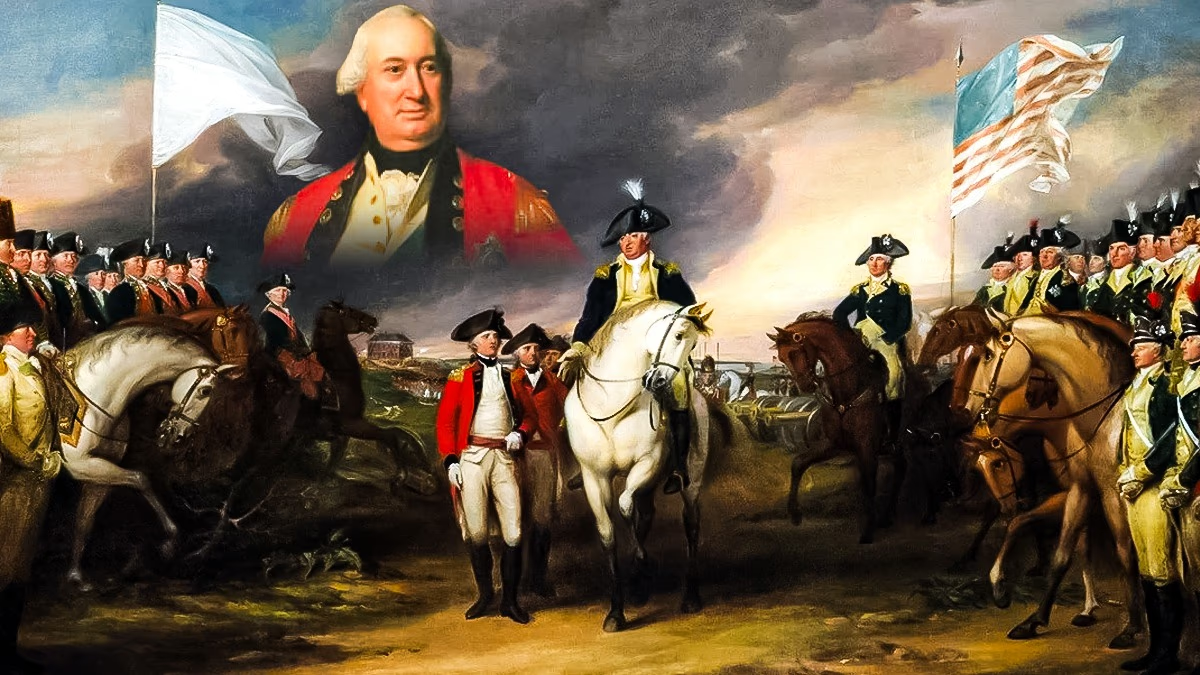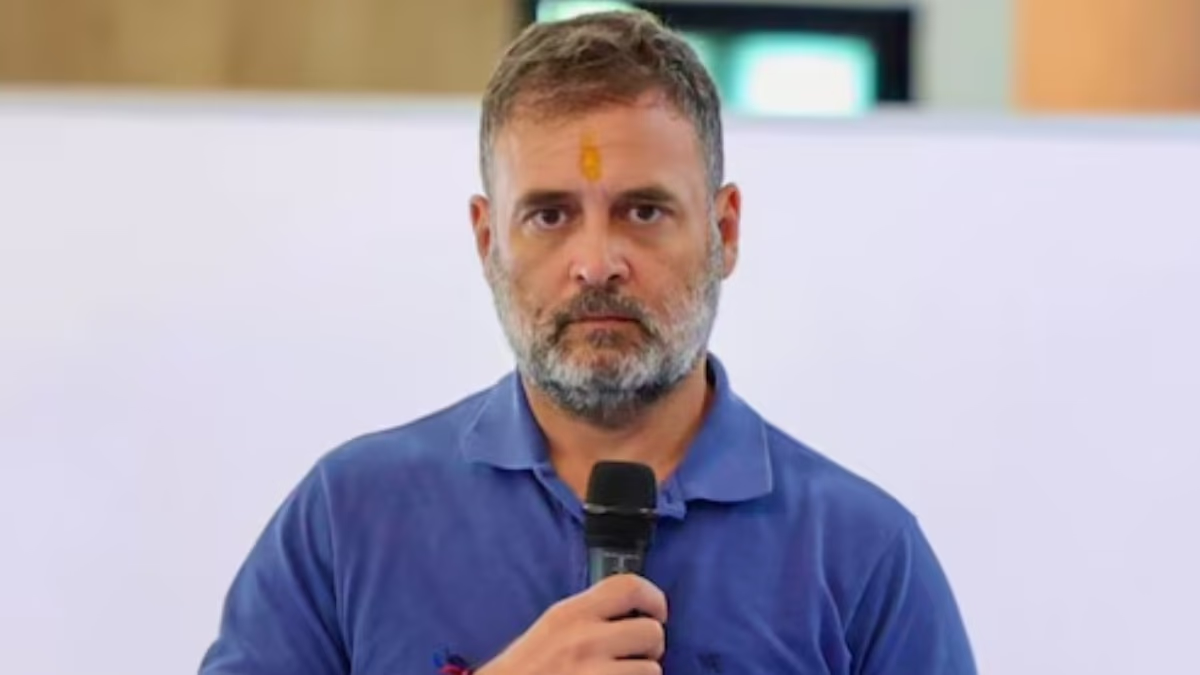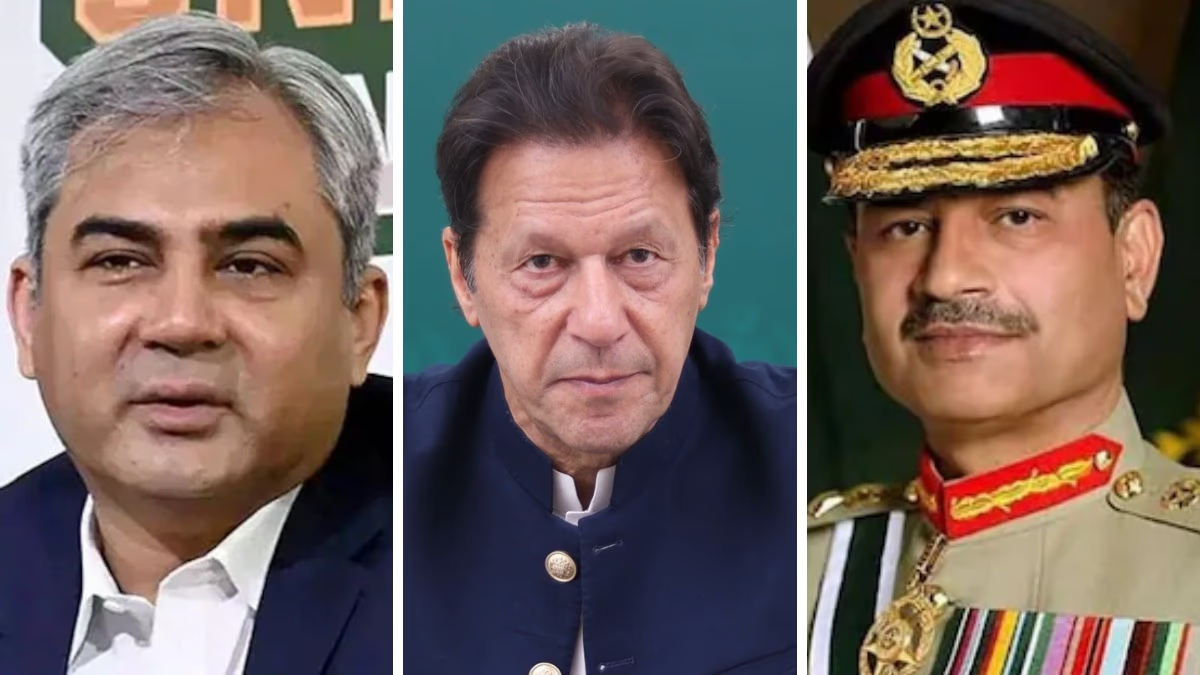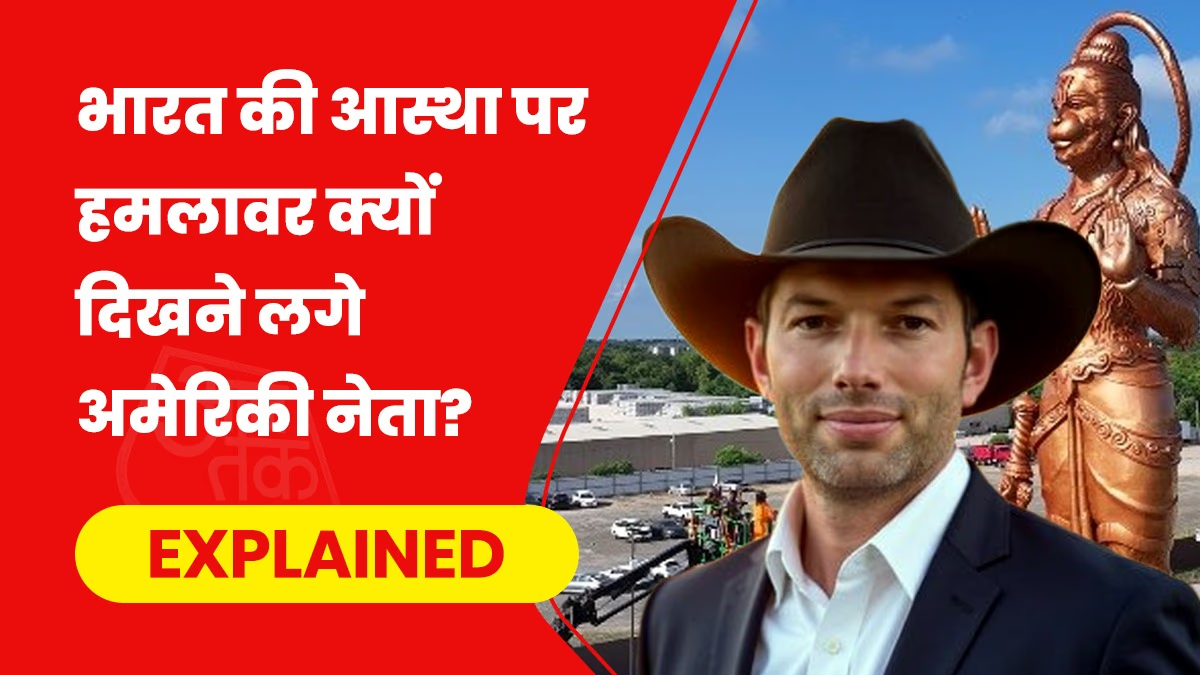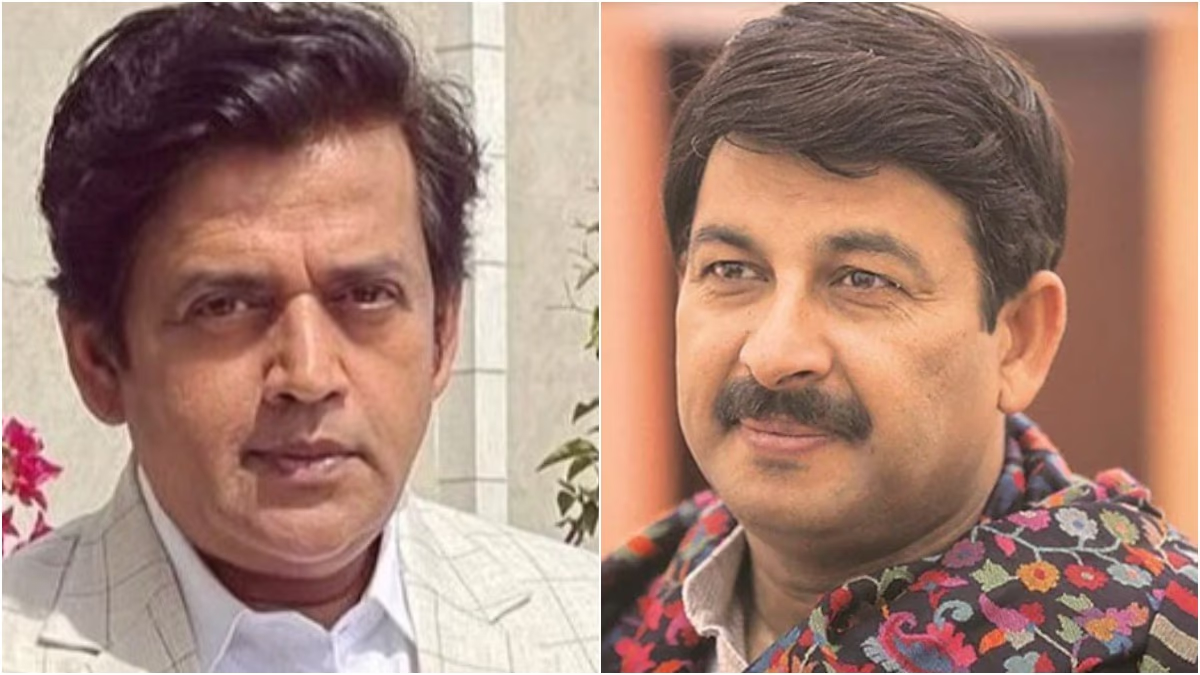This commander did not want to be a spectacle. He had already been defeated in battle, with only formalities of surrender remaining. He knew he had to hand over his iconic sword in person, a symbol of how many heads he had severed. This was no small fight; he was aware history would exact its price for this loss. After all, it was his defeat that led to the creation of what we know today as the United States of America.
Thus, the defeated commander refused to personally attend the surrender. He feigned illness and handed his sword to his junior officer, instructing him to lead the surrender. The junior was obliged to follow the senior's orders.
This trickery displeased the victorious commander, but he controlled his ego and did not force the 'ill' commander to attend the surrender in person. The victorious commander also chose not to attend the ceremony, sending his own junior officer instead to accept the sword.
This episode of surrender, which directed the American Revolution, occurred 243 years ago at the Battle of Yorktown. The date of surrender was October 19, 1781. The defeated commander was Charles Cornwallis. If the name sounds familiar, it's because he was the same Cornwallis who later defeated the ruler of Mysore, Tipu Sultan, and fortified the British East India Company's rule in India.
Meanwhile, it was American Commander George Washington—whose name now graces the U.S. capital—who emerged victorious. Washington would eventually become the first President of the United States.
The Commander Who Fought on Three Continents
Today we discuss Cornwallis, who was awarded the title of Lord by the British Crown for his loyalty. His 67-year life tells the story of a military leader who fought for the British Empire across three continents: North America, Asia, and Europe.
Cornwallis first witnessed history in the making during the American Revolution in North America. He participated actively in these historic events. In Asia, particularly in the Indian subcontinent, he established British dominance. Later, he was sent to Ireland to suppress the Irish Rebellion.
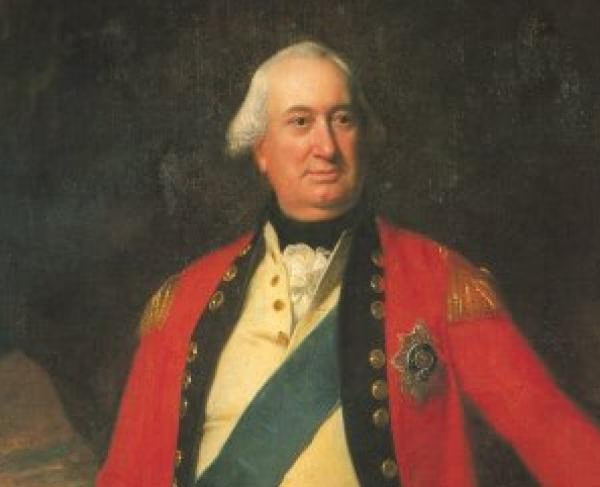
Source: aajtak
Approximately 200 to 240 years ago, this military officer traveled 6,000 kilometers west from London to reach America and sailed 20,000 kilometers from London to Bengal to serve in Kolkata.
However, fate had surprising twists. Born in London and a traveler of the world, Cornwallis died in Ghazipur, a town in Eastern Uttar Pradesh, India. In 1805, he was traveling from Kolkata to Varanasi by boat when he contracted an intestinal infection due to the Spanish Flu. His condition worsened, and despite all efforts, he couldn't survive.
On October 5, 1805, overlooking the waters of the Ganges River in Ghazipur, Cornwallis breathed his last. His tomb still stands in Ghazipur.
Cornwallis was born in 1738 in a noble family in London. It was an era when Britain's King aspired to see the Union Jack fluttering over every human settlement on Earth. Following his father's footsteps, Cornwallis became a military officer. By 1775, a desire for independence began stirring among the American colonists, leading to the American Revolutionary War.
Determined to crush the independence movement, the British Crown sent General Charles Cornwallis to America in 1776. Cornwallis had already become a regiment commander by 1761. He arrived in Carolina in May 1776, where he defeated the American revolutionary leader George Washington at the Battle of Long Island under the command of William Howe. This victory catapulted him into the limelight in the eyes of the British throne.
The Decisive Battle of Yorktown
Subsequent skirmishes continued between the two commanders, with wins and losses on both sides. However, the Battle of Yorktown proved to be decisive, marking the last major military conflict of the American Revolutionary War.
On September 28, 1781, American and French troops, led by Washington and Count de Rochambeau, began encircling Yorktown. Cornwallis had positioned his troops in Virginia, hoping for British naval support which never came.
Washington and his army launched an assault from the south, while the French forces attacked from the east. The French Navy blocked all maritime routes, cutting off British reinforcements. On October 9, 1781, the joint American and French forces commenced their attack, bombarding the British fortifications.
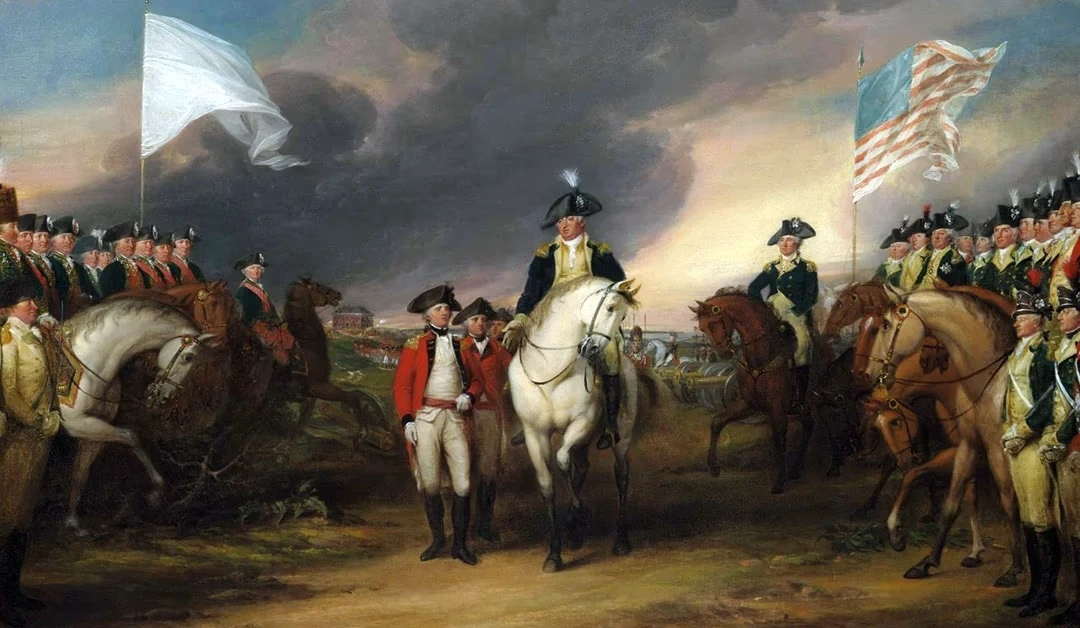
Source: aajtak
The relentless bombardment weakened Cornwallis's troops. Overseeing 9,000 soldiers, he realized there was no escape and decided to surrender, paving the way for the United States' independence.
What followed is the iconic surrender story we started with.
In the context of the United States, this surrender holds as much significance as Pakistan's surrender during the Bangladesh Liberation War holds for India.
Discussion for 24-Hour Ceasefire...
Discussions for surrender began on October 17. Cornwallis sent a drummer and a British officer holding a white flag with a note: 'Sir, I am requesting a 24-hour ceasefire to discuss the terms of surrender.'
Negotiations continued into the next day. On October 19, 1781, at 2 PM, the formal surrender occurred. As mentioned earlier, Cornwallis did not attend, sending his junior General Charles O'Hara instead. Washington, too, did not accept the sword himself, delegating the duty to General Benjamin Lincoln.
'Our World Turned Upside Down'
It is said that during the surrender, the defeated British troops played the tune 'The World Turned Upside Down.'
The British PM Resigns...
It took 36 days for the news to reach London. On November 25, upon receiving the information, British Prime Minister Lord North exclaimed, 'Oh God. It is all over. It is all over.' He resigned 15 days later. The end of this battle marked the end of the enmity and the emergence of the United States as a nation.
This marked the first chapter of Cornwallis's life. His next deployment was to India.
Returning to London, Cornwallis was still celebrated despite his defeat. He retained the confidence of King George III.
Cornwallis Catches the East India Company's Attention
The defeat at Yorktown was a stain on British prestige, one the British were eager to erase. India, shackled by the Mughals and Lodhi rulers, offered the perfect opportunity. The British had just begun to establish their foothold in India. Warren Hastings, the first Governor-General of India, had returned to London, and the post was vacant. The East India Company turned its attention to the recently defeated Charles Cornwallis.
Betting on a Defeated Commander
The East India Company offered Cornwallis the Governorship of India, which he hesitated to accept. He wasn't sure how to justify his American defeat. But the British aristocracy's ability to recognize potential led them to place their bet on a defeated commander.
In February 1786, Cornwallis was dispatched to Bengal as the Commander-in-Chief and Governor-General.
Confrontation with Tipu Sultan and 'Grieving Massacres'
Upon arriving in India, Cornwallis's primary challenge was Tipu Sultan, the ruler of Mysore. He formed a strong coalition against Tipu with the Nizam of Hyderabad, the Marathas, and other local powers. This alliance multiplied the military strength against Tipu.

Source: aajtak
Tensions between the British and Tipu began in 1789. In June 1790, Tipu attacked the Company's forces successfully. In 1791, Cornwallis took command and, with the support of the Marathas and the Nizam, attacked Tipu. By then, many of Tipu's European officers and soldiers had defected to the British.
Despite Tipu's valiant efforts, he couldn't withstand the combined powers of his enemies. Eventually, Bangalore fell to the British, who, under Cornwallis's orders, inflicted tremendous violence on the residents, a dark chapter known as 'Deplorable Carnage.'
Cornwallis then marched towards the capital of Mysore, Srirangapatna. Fully aware of his fate, Tipu attempted to negotiate peace. Historian Sundarlal mentions in his pre-independence book, 'The British Rule in India,' that Tipu sent camel loads of fruits to Cornwallis as a gesture of goodwill, which Cornwallis rejected.
Tipu's Surrender...
Eventually, the Maratha leader Nana Fadnavis forced Cornwallis to make peace. On February 23, 1792, at Srirangapatna, a humiliating treaty was signed. Tipu Sultan ceded half of his kingdom to the British, Nizam, and Marathas, and agreed to pay a financial penalty of 3 crore and 30 thousand rupees over three years. To ensure payment, Tipu handed over his two sons, aged 10 and 8, as hostages to Cornwallis.

Source: aajtak
In 1793, Cornwallis returned to England. Between 1781 and 1791, his military career reached new heights. In 1801, British PM William Pitt sent him on another mission. An uprising against the British was brewing in Ireland. Pitt appointed Cornwallis as Lord Lieutenant and Commander-in-Chief to suppress the rebels. Cornwallis quashed the insurrection, thwarted a French invasion, and sought a peaceful resolution to unify the UK and Ireland.
The Final Chapter
On January 7, 1805, Cornwallis embarked on his third and final mission. The East India Company reappointed him as Governor-General and Commander-in-Chief of India. This time, fate had a different plan. The commander known for deceit and forceful conquests was now to face destiny's justice.
Weakened by years of military campaigns, Cornwallis, still driven by ambition, embarked on a tour of British military posts in Bengal. He traveled by boat and, upon reaching Ghazipur on September 27, found his spirit waning. Despite continued medical treatment, on October 5, 1805, Charles Cornwallis passed away in Ghazipur.
Lord Cornwallis's story spans three continents, facing numerous challenges and leaving a significant impact on the historical events of his time.
